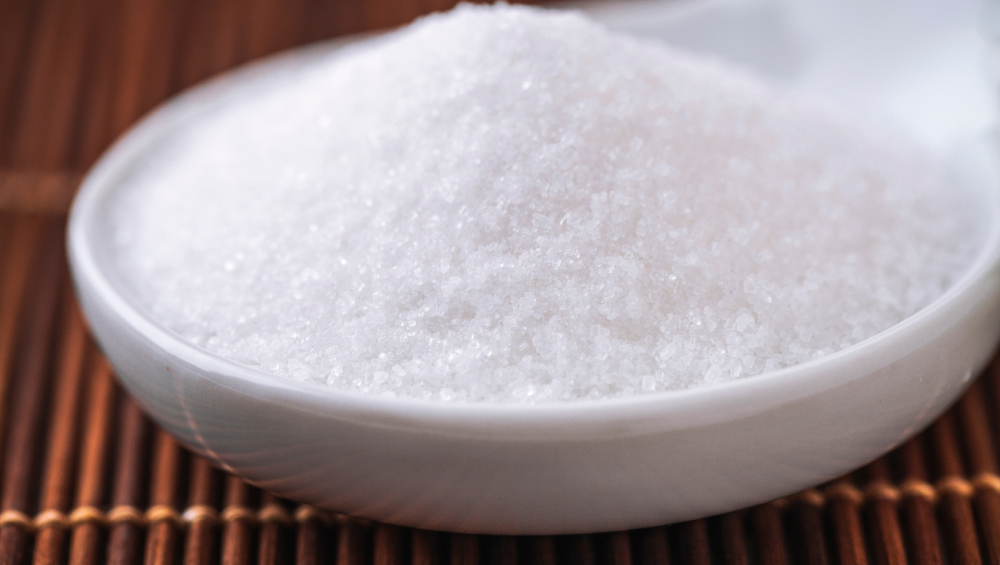White Sugar Futures
China is one of the world’s biggest sugar importers with annual imports of more than two million tons. With the growing global population and increased consumption of food worldwide, white sugar is expected to be one of the most dominant trading products.
Among the major exchanges, Zhengzhou Exchange in China, the New York Board of Trade (NYBOT) in the US, and London International Financial Futures Exchange in the UK are the most dominant participants in the global sugar futures markets.
ZCE’s commodity consists of a range of agricultural futures, of which, 5 have been approved for QFII traders. These 5 products are methanol, purified terephthalic acid (PTA), polyester stable fiber futures, rapeseed oil, and white sugar.
Diving into the topic of White Sugar and white sugar futures, this article will elaborate more on the contract specifications and current market indicators of the product.
Why Trade in White Sugar Futures Contract from Zhengzhou Commodity Exchange (ZCE)?
Sugar contracts are of importance to both traders and the community as they serve as the benchmark for international sugar trading and the price basis for major exporting countries.
Detailed market analysis and reports of white sugar are also recorded by various sources. As of date European commission records that white sugar hit a contract high in world prices of $622.8 on Thursday 15 Sept 22, its highest since 25 Jul 2012.
With different exchanges trading in white sugar, the opportunity for hedging and cross-border arbitrage is also uncovered; For example, traders can simultaneously buy low and sell high from ZCE’s white sugar and invest in Sugar No. 11 Futures from ICE (ice white sugar futures) at the same time. Alternatively, traders can also explore opportunities with other similar products such as sugar beet.
Lastly, new products or released products by the Chinese exchanges are required to be approved by CSRC, with careful and immediate attention on QFII and the gradual development of the Chinese market to international participants, secure and trusted trading remains one of the priorities of the Chinese futures market.
Therefore, trading in white sugar with ZCE is beneficial from the fronts of increasing prices worldwide, cross-border arbitrage opportunities, and a secure trading process.

White Sugar Futures Contract Specifications
The White Sugar Futures contract has the following specifications:
The contract size for White Sugar Futures has a minimum price fluctuation of CNY1/metric ton with a minimum trading margin of 5% of the contract value. As a physical delivery good, the last delivery day is on the 13th trading day of the delivery month.
Contract months are January, March, May, July, September, and November.
Trading Hours are from Monday to Friday, at these trading hours:
9:00 am – 11:30 am / 1:30 pm – 3:00 pm (T-session)
Sugar Futures symbol: SB
Where to Trade White Sugar Futures from Zhengzhou Commodity Exchange (ZCE)
As with all other products approved under the QFI scheme, trading white sugar futures can be done with a brokerage firm that is a local or overseas intermediary of the Chinese exchange.
Orient Futures Singapore is an overseas intermediary of the Zhengzhou Commodity Exchange and the other 2 major exchanges, the Dalian Commodity Exchange, and the Shanghai International Energy Exchange.
To apply for a QFI license, open an account or trade in products, kindly contact us here.
Market News
Global Sugar deficit of 1.3 million tonnes in the 2021/22 season (surplus at 0.2 mln t in the previous update). On 31st October, it is reported by Xin Hua news that sugar futures closed higher Monday in daytime trading on the Zhengzhou Commodity Exchange (ZCE).
Apart from Zhengzhou Commodity Exchange, based on the statistic report by Trading Economics, sugar futures on ICE rose to 18 cents per pound, rebounding sharply from the two-month low of 17.4 cents hit on October 28.
Start Trading with Orient Futures Singapore
Being an Overseas Intermediary of Shanghai International Energy Exchange (INE), Dalian Commodity Exchange (DCE), and Zhengzhou Commodity Exchange (ZCE), when foreign clients participate in internationalised futures contracts in these Chinese markets with us, they have direct access to trading, clearing, and settlement. Our parent company, Shanghai Orient Futures, is the largest broker in terms of aggregated volume across the five regulated exchanges in China.
Orient Futures Singapore also currently holds memberships at the Singapore Exchange (SGX), Asia Pacific Exchange (APEX), and ICE Futures Singapore (ICE SG).
We provide premium customer service at an affordable cost to all our clients. Our team will be there for you 24 hours on trading days to provide a one-stop portal for all your trades, with simple processes and an intuitive user interface that has low or near-to-zero latency.




